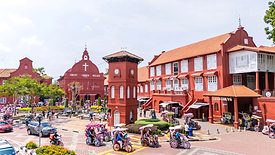Sustainable
UV/LED-Cured Coatings Empower NA Manufacturing Companies
Faster Production Speeds, Reduced Operations Costs, and No VOC Emissions
Read More
Development of More-Sustainable Water-Based DTM Coatings, Part II
Soy-Alkyd Dispersion Paints
Read More
An Easy Additive Approach for Replacing Fluorocarbon Surfactants
in Water-Based Paints for Hot Block Resistance
Read More
Keep the info flowing with our eNewsletters!
Get the latest industry updates tailored your way.
JOIN TODAY!Copyright ©2024. All Rights Reserved BNP Media.
Design, CMS, Hosting & Web Development :: ePublishing










